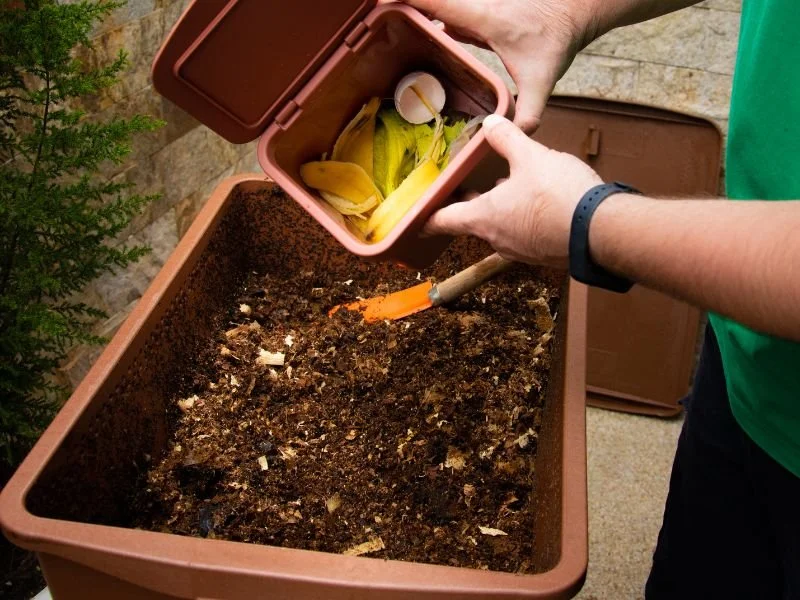How to Reduce the Amount of Water Used When Composting
Save water by using rain water
Water conservation is an important concern for all homeowners and gardeners in California these days, especially in Southern California as it gets into the warmer summer months. Using compost in your yard and garden helps to reduce the amount of watering that your plants need by improving soil structure and, thus, the soil’s ability to retain moisture and get it to the roots. (Read more about this concept in Biocycle’s recent articles: Part 1: Recycled Organics As Drought Resilience Tools & Part 2: Urban Drought Resilience Tools.) Composting activities, particularly active, “hot” piles, also require some water to keep the materials moist and produce optimal conditions for decomposition.
Here are a few tips for reducing the amount of water necessary for creating and maintaining your compost bin or pile:
Site the compost bin or pile in the shade to reduce moisture loss through evaporation in the hot sun.
When adding dry “brown” or carbon-rich materials (e.g., straw, dried weeds or stalks), presoak in a wheelbarrow or large tub so that less water is required to achieve the desired “wrung-out sponge” moisture level. Then use the soak water elsewhere in your yard or garden.
If you determine that your pile is too dry or you wish to address dry spots, add water during the morning or evening hours to minimize the effects of evaporation. For water conservation, this is the best time to water plants as well.
A layer of straw, leaf mold, cardboard or burlap placed on top of a pile can help retain moisture. Simply pull back the layer when adding to the pile or turning.
Consider composting methods that are less active – a slower, cooler pile or vermicomposting both require less watering.
When possible, use harvested rainwater or greywater to add moisture to your pile. An easy way to do this without a greywater system is to keep a bin or big bowl in your sink as you do dishes. Once it fills up, go dump it into the compost pile or your garden!
You might hear our educators telling you to take the lid off your compost bin when rain is in the forecast. Why is that so important?
First, the rainwater is free hydration for your bin. Compost bins are frequently dry in our Southern California climate. Also, rainwater is basically pure…there are no chemicals or salts, and no antibacterial properties to negatively impact your compost.
Our tap water in San Diego is alkaline and our municipal water supply is treated with chemicals such as chlorine and fluoride in an attempt to control bacterial growth. Homeowners who have water softener systems are adding additional salts to their outdoor water supply. Rainwater is free of all these chemicals. This benefits all the microbial life in the compost bin! However, keep in mind…too much of a good thing is not a good thing. You want to only wet your bin until it feels like a ”wrung out sponge.” For extra measure, give it a good stir before you put the lid back on. If you have a vermicompost bin, it is easy to flood them if it is not monitored closely.
The benefit of rainwater to our compost bin is also advantageous for our gardens and landscape. By harvesting rainwater with a rain barrel you are conserving a natural resource, preventing pollution, and irrigating with FREE water! Be prepared for our next rainy day by purchasing and installing a rain barrel at your home. For more information on rain barrels and San Diego’s Rain Barrel rebate program click here.

